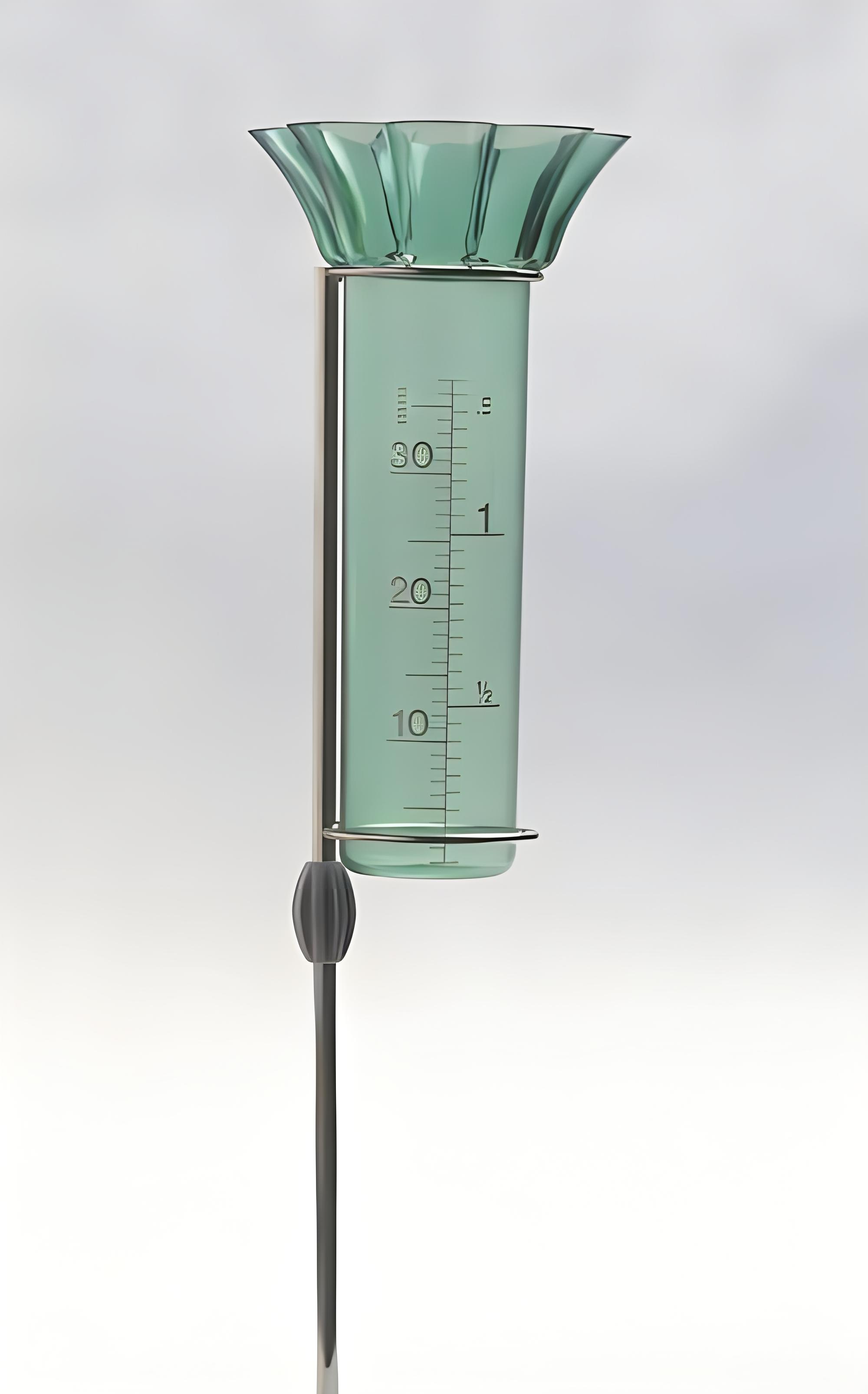

— Blogs —
—Products—
 Consumer hotline +8618073152920
Consumer hotline +8618073152920 WhatsApp:+8615367865107
Address:Room 102, District D, Houhu Industrial Park, Yuelu District, Changsha City, Hunan Province, China
Product knowledge
Time:2024-01-14 14:32:52 Popularity:17421
Rain gauges are instruments used to measure the quantity of precipitation. By measuring the amount of rainfall, it is possible to understand the size of rainfall, the duration of rainfall, the distribution of rainfall, etc. These data are very important for meteorological research, disaster warning, hydrological monitoring, agricultural management, and so on.
Rain gauges they come in various types, each with its own advantages and disadvantages. Here are some common types of rain gauges:
1. Standard Rain Gauge: Also known as the cylindrical rain gauge, this is the most widely used type of rain gauge. It consists of a metal or plastic cylinder with a funnel-shaped top that collects rainfall and channels it to a measuring tube. The measuring tube is graduated in millimeters and measures the amount of rainfall that has fallen.

2. Tipping Bucket Rain Gauge: This type of rain gauge consists of a see-saw-like structure with a collection funnel on one end and two small buckets on the other end. Each time a predetermined amount of rainfall (usually 0.2 mm or 0.01 inches) is collected, the see-saw tips and dumps the water into a storage container. The amount of rainfall is determined by counting the number of tip cycles.

3. Weighing Rain Gauge: This type of rain gauge uses a weighing mechanism to determine the amount of rainfall that has fallen. Rainwater collected in a funnel is channeled to a storage container that sits on a scale. The weight of the container increases as rainfall accumulates, and the amount of rainfall is determined by measuring the weight difference before and after the rainfall event.
4. Optical Rain Gauge: This type of rain gauge uses optical sensors to detect the size and number of raindrops. It measures the amount of rainfall based on the intensity of the rainfall.
5. Acoustic Rain Gauge: This type of rain gauge uses sound waves to determine rainfall. It sends out sound waves that bounce off the raindrops and return to the sensor. The amount of rainfall is measured based on the strength of the returning signal.
Each type of rain gauge has its advantages and disadvantages and is suitable for different applications. The choice of rain gauge depends on factors such as accuracy, cost, ease of maintenance, and the need for real-time data.
Different names for rain gauges include:
Pluviometer
Pluviograph
Rain measuring instrument
Rainfall gauge
Precipitation gauge
Rain collector
Rain recorder
Hyetometer
Ombrometer
Pluviograph
Pluviometer
These terms are often used interchangeably to refer to the device or instrument used for measuring rainfall.
Regardless of the type of rain gauge you choose, it is important to follow proper installation and maintenance procedures to ensure accurate measurements.
Weather-Stations-Catalog-NiuBoL-2024.pdf
Related recommendations
Sensors & Weather Stations Catalog
Agriculture Sensors and Weather Stations Catalog-NiuBoL.pdf
Weather Stations Catalog-NiuBoL.pdf
Related products
 Combined air temperature and relative humidity sensor
Combined air temperature and relative humidity sensor Soil Moisture Temperature sensor for irrigation
Soil Moisture Temperature sensor for irrigation Soil pH sensor RS485 soil Testing instrument soil ph meter for agriculture
Soil pH sensor RS485 soil Testing instrument soil ph meter for agriculture Wind Speed sensor Output Modbus/RS485/Analog/0-5V/4-20mA
Wind Speed sensor Output Modbus/RS485/Analog/0-5V/4-20mA Tipping bucket rain gauge for weather monitoring auto rainfall sensor RS485/Outdoor/stainless steel
Tipping bucket rain gauge for weather monitoring auto rainfall sensor RS485/Outdoor/stainless steel Pyranometer Solar Radiation Sensor 4-20mA/RS485
Pyranometer Solar Radiation Sensor 4-20mA/RS485
Screenshot, WhatsApp to identify the QR code
WhatsApp number:+8615367865107
(Click on WhatsApp to copy and add friends)